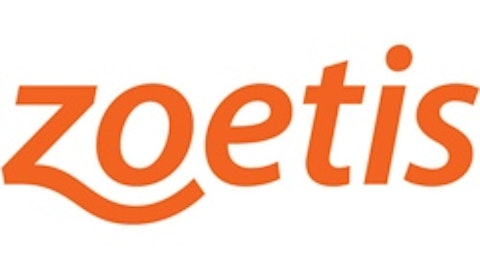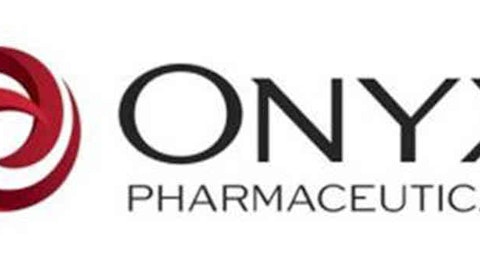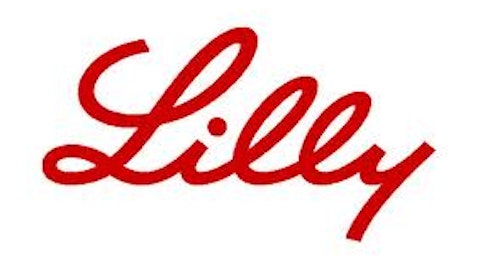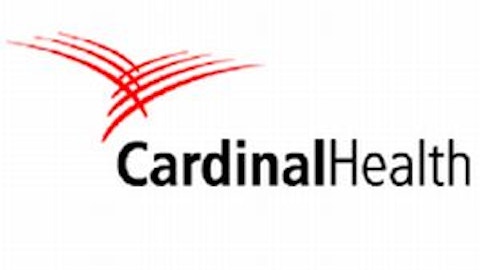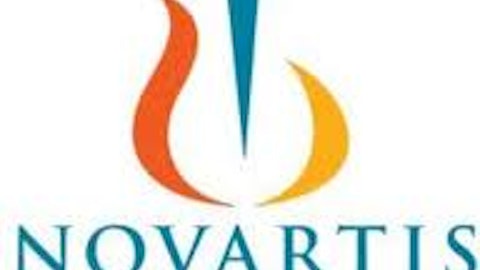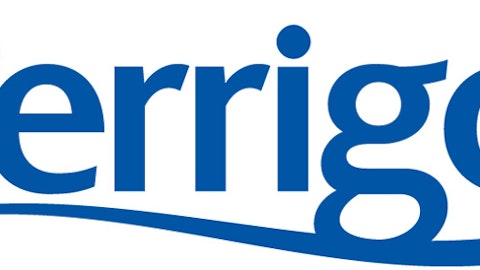Allergan, Inc. (NYSE:AGN), the diversified health care giant best known for Botox, boasts an impressive portfolio of products. From the Lap-band surgical device to drugs that treat allergies, this has long been a stock marked by slow but steady growth. In June, however, shares of Allergan suffered a sizable drop after the Food and Drug Administration issued new guidelines that generics of the company’s chronic dry eye treatment, Restasis, did not require clinical trials. Allergan shares plunged on fears that Restasis would face competition from generic copies earlier than expected.
Restasis is Allergan, Inc. (NYSE:AGN)’s second-largest-selling drug that contributed $792 million to the company’s overall annual revenue of $5.81 billion . It is obvious that Allergan does not want to let go of it easily.
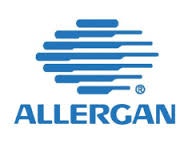
Allergan response
In a letter to the FDA, Allergan, Inc. (NYSE:AGN) has asked it to review the guidelines and basically make generic approval for this compound more difficult than it is now.
The company’s contention is that the proposal conflicts with the agency’s past stand. Generic versions can be approved only if they are bioequivalent, guaranteed to be safe, and can effectively replace the original drug. Allergan, Inc. (NYSE:AGN) contends that there is no scientifically proven process available today that can measure bioequivalence through in-vitro or laboratory testing. In addition, the company argues that Restasis is too complex for the type of review recommended by the FDA. A generic version of Restasis — or for that matter, any eye drug — can be deemed bioequivalent only after human trials.
Precedents
Allergan, Inc. (NYSE:AGN) isn’t the only health care company to face this kind of issue. Teva Pharmaceutical petitioned the FDA twice with pleas that clinical trials be made mandatory for the approval of the generic version of its multiple sclerosis drug Copaxone, which goes off patent in 2014. Both petitions were rejected on the grounds that they were premature.
Teva argued in favor of clinical trials for generics even though it is the world’s largest producer of generic drugs. However, the company made its aspirations of moving into the branded drug market clear when it paid $26 million for Huntexil, a treatment being developed by from Denmark-based NeuroSearch A/S for the improvement of balance and hand movement in patients with Huntington’s disease. Seen in that light, Teva’s petition to make generic drugs more difficult to market makes sense.
Another relevant example that illustrates Allergan’s woes is what Sanofi SA (ADR) (NYSE:SNY) faced a few years ago. Back in the late 2000s, Sanofi, in an effort to delay generic version of its blood thinner Lovenox, filed a lawsuit against the FDA claiming that the drug was too complex to be copied only on laboratory analyses, and extensive clinical trials were necessary for an effective and safe copy. At stake was the $4 billion in sales that Lovenox contributed to Sanofi SA (ADR) (NYSE:SNY)’s annual sales in 2009 — the drug’s patent expired in 2010.
With $47.41 billion in annual sales and a market cap of $133.88 billion, Sanofi SA (ADR) (NYSE:SNY) is one of the biggest pharma companies in the world. However, it could not win the case, and the first generic version of Lovenox beat expectations of even its producer.
Where to go from here
The last few months have been difficult for Allergan. Its migraine drug was rejected by the FDA in April due to problems with its manufacturing. In June, it was hit by the FDA’s draft guidelines for generic versions of Restasis, and earlier this month it lost patents on two of its drugs, Combigan and Ganfort, in India.
The FDA’s response to Allergan’s letter is anybody’s guess, but at least Allergan has its flagship product Botox to bank upon, which is growing. With the recent FDA approval in January for treatment of overactive bladder, Botox is now approved in the U.S. for seven therapeutic indications . Approved worldwide for 26 indications in 85 countries, 52% of overall Botox sales in 2012 pertained to therapeutic sales, with U.S. sales registering a 13% increase.
The investing takeaway
With 47% of revenue coming from ophthalmology, 16% from therapeutic, 15% from cosmetic Botox, and the rest from skin and breast aesthetics and obesity intervention, Allergan has a balanced product portfolio.
Allergan’s shares have rebounded recently, and while I wonder whether the FDA will change its stance on this issue, Allergan has other opportunities that make it an interesting stock to add to your watchlist.
The article New FDA Guidelines Hit This Company Hard originally appeared on Fool.com and is written by Kanak Kanti De.
Kanak Kanti De has no position in any stocks mentioned. The Motley Fool has no position in any of the stocks mentioned.
Copyright © 1995 – 2013 The Motley Fool, LLC. All rights reserved. The Motley Fool has a disclosure policy.
